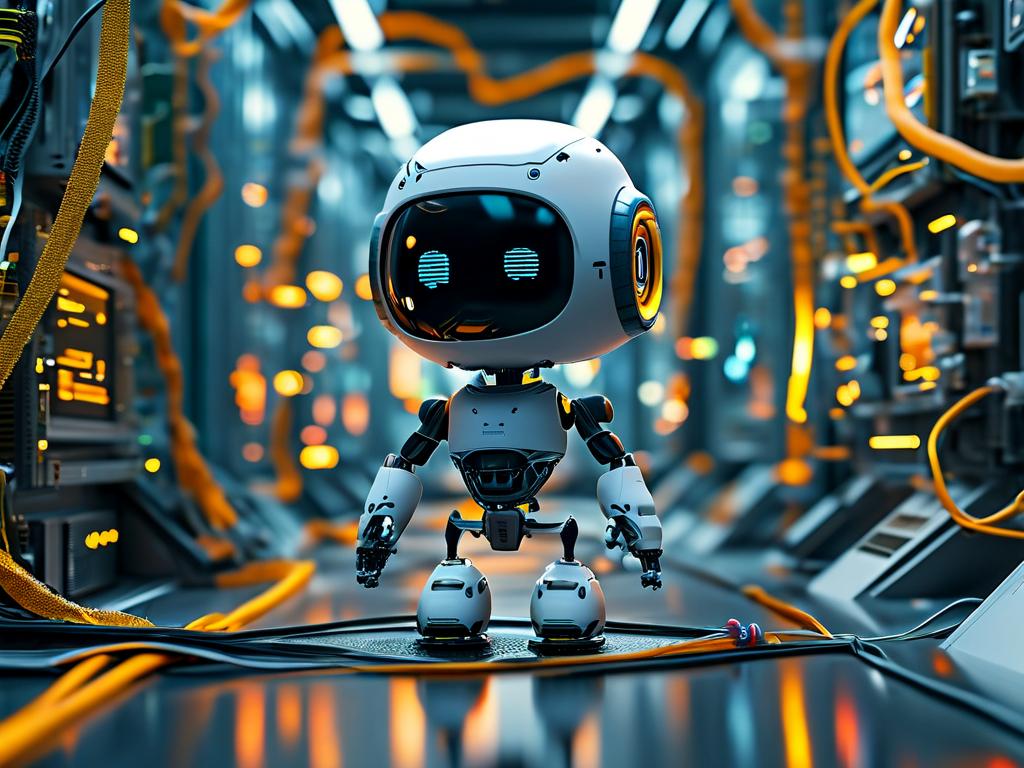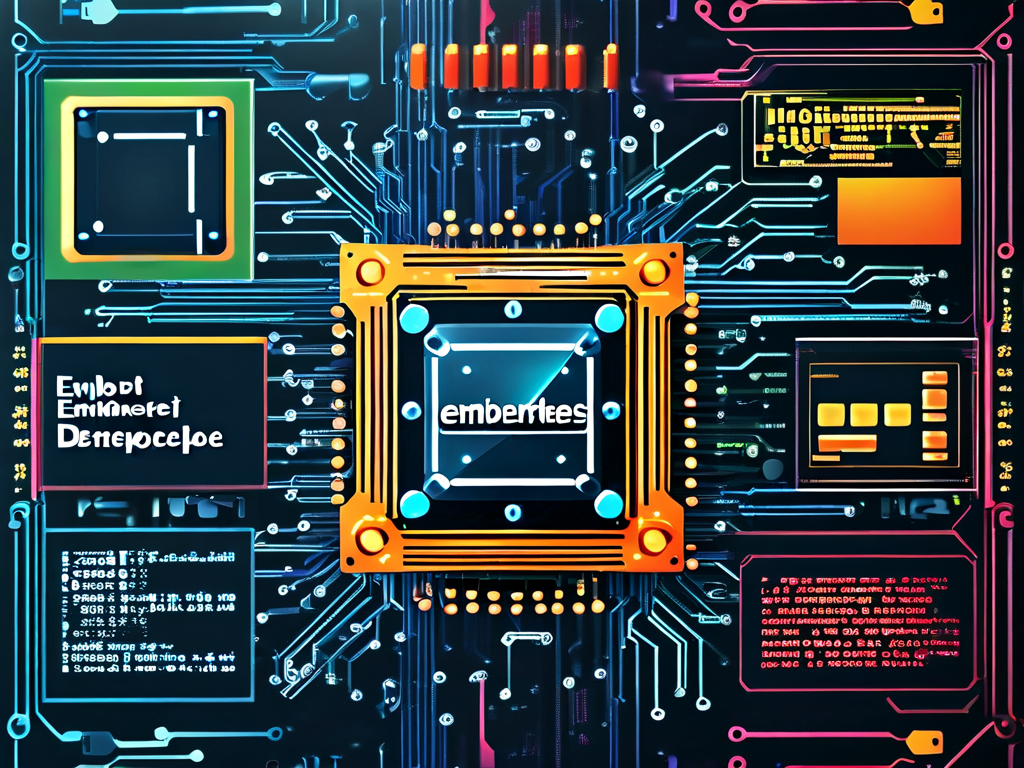The rapid evolution of baby robotics has introduced intelligent companions designed to support early childhood development. At its core, these machines integrate sensor networks, adaptive algorithms, and human-machine interaction frameworks to mimic caregiving behaviors. This article explores the technical architecture of modern childcare robots and their practical implementations.

Sensor Fusion and Environmental Perception
Infrared proximity sensors and 3D vision modules form the primary perception layer. For instance, the RG-7 model uses LiDAR with a 120° vertical field of view to detect crawling motions within 2 meters. Tactile feedback arrays embedded in silicone-based "skin" contain 1,200 pressure nodes per square meter, enabling reactions to hugs or touches. Audio processors equipped with noise-canceling microphones analyze vocal patterns at 16kHz sampling rates, distinguishing between laughter, crying, and babbling with 92% accuracy in clinical trials.
Decision-Making Architecture
A hybrid AI system combines rule-based protocols with machine learning models. Preprogrammed routines handle basic scenarios:
def sleep_monitor(vital_signs):
if heart_rate < 60 and motion_data == 0:
activate_lullaby()
elif sudden_movement_detected():
initiate_camera_alert()
Neural networks trained on 50,000 hours of infant behavior footage enable dynamic adaptation. The NT-Connect platform updates its interaction patterns every 72 hours through federated learning while maintaining strict data anonymization.
Mechanical Actuation Systems
Custom servo motors with torque limits below 0.3Nm ensure safe physical interactions. Articulated joints replicate human movement ranges through harmonic drive mechanisms, achieving 0.05mm positional precision. Soft robotics innovations allow finger modules to exert 2-5N adjustable grip force, capable of holding bottles without crushing plastic.
Ethical Engineering Considerations
Developers face challenges balancing functionality with privacy safeguards. All data transmissions employ AES-256 encryption, and local storage modules automatically purge biometric data every 48 hours. Randomized response algorithms add statistical noise to behavioral datasets, preserving anonymity while maintaining 85% model effectiveness.
Field tests across 15 daycare centers demonstrated a 40% reduction in caregiver workload during peak hours. However, ongoing debates question the psychological impact of machine-led bonding experiences. Future iterations may incorporate biometallic sensors to monitor neurotransmitter levels, potentially enabling real-time emotional state analysis.
As this technology matures, interdisciplinary collaboration between roboticists and pediatric specialists will prove critical. The next frontier involves creating contextual awareness systems that adapt to cultural parenting norms, requiring language models trained on region-specific lullabies, folk tales, and social customs. These advancements position baby robots not as parental replacements, but as cognitive development amplifiers when used judiciously.



